Perennials produce colorful flowers for cutting and display in the home. Perennials are plants that live more than two years, as distinguished from annuals and biennials.
Perennials have been cut flower favorites for generations. In many old-time gardens, most of the plants were hardy perennials, such as phlox, peonies, delphinium, and bleeding heart. Because of their hardiness, permanency, and variations in color, height, foliage, and nature of bloom, old-fashioned flowers are cutting favorites.
Just as in the case of annuals, it is advisable to have a separate cutting garden for perennials in some out-of-the-way spots, where consistent picking of blossoms will not spoil the general garden scene.
Flowers suggested for a perennial cutting garden include delphinium, peonies, most of the daisy-flowered kinds, iris, campanula, dianthus, gaillardia, rudbeckia, platycodon, hemerocallis, salvia, pyrethrum, scabiosa, and veronica.
Here are short profiles of favorite perennials for cutting. Click on the red botanical name for how-to-grow tips.
Spring-blooming perennials for cutting
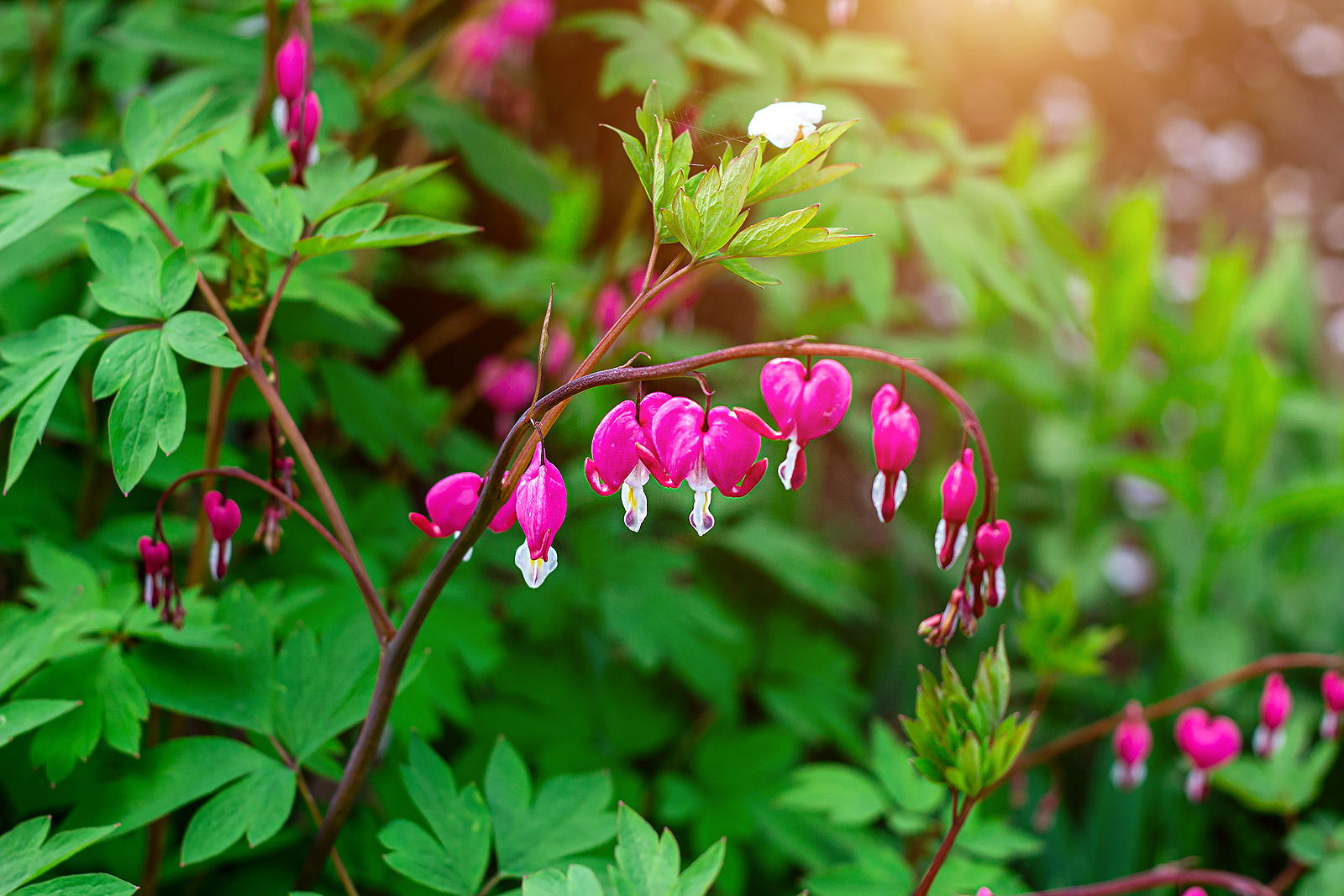 Dicentra spectabilis (bleeding-heart). Dicentra, commonly called bleeding heart, is a genus of annuals and perennials prized for their graceful, pendant, heart-shaped flowers. Bleeding hearts bloom from late spring to early summer depending on the variety. Blooms can be pink, red-pink, white, yellow, or purple depending on the variety. Set established plants in the garden in spring or fall. Sow seeds outdoors in late fall in evenly prepared soil. Grow bleeding hearts toward the front of beds and borders. They are a favorite in cottage and woodland gardens. They are a good choice for planting alongside spring-flowering bulbs or hardy ferns. The flowers are excellent for cutting. Dicentra grows well in Zones 3 to 9.
Dicentra spectabilis (bleeding-heart). Dicentra, commonly called bleeding heart, is a genus of annuals and perennials prized for their graceful, pendant, heart-shaped flowers. Bleeding hearts bloom from late spring to early summer depending on the variety. Blooms can be pink, red-pink, white, yellow, or purple depending on the variety. Set established plants in the garden in spring or fall. Sow seeds outdoors in late fall in evenly prepared soil. Grow bleeding hearts toward the front of beds and borders. They are a favorite in cottage and woodland gardens. They are a good choice for planting alongside spring-flowering bulbs or hardy ferns. The flowers are excellent for cutting. Dicentra grows well in Zones 3 to 9.
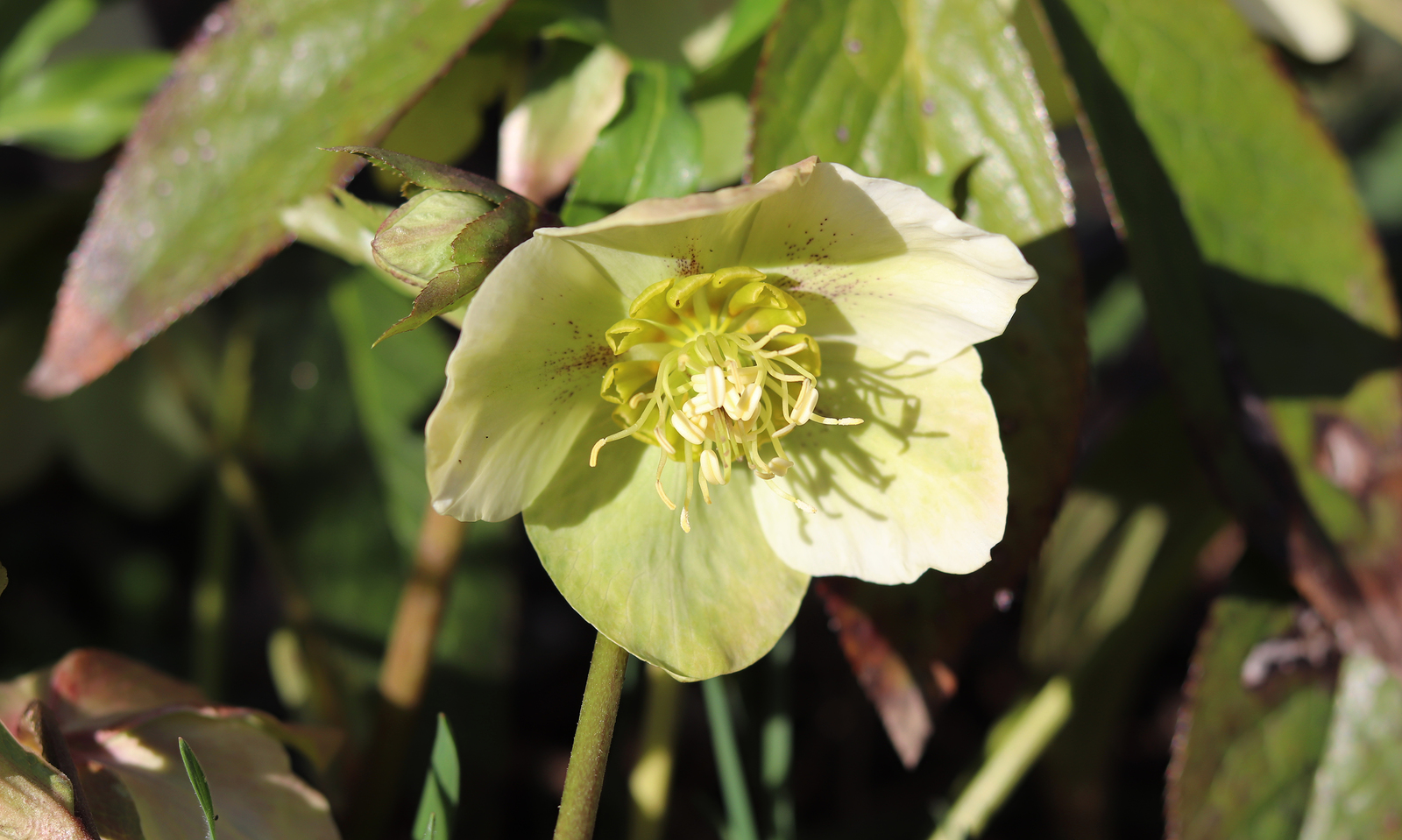 Helleborus spp. (Christmas and Lenten roses). Helleborus niger is commonly called Christmas rose because its blooming season often begins before the holidays and extends through and beyond them, and also because the flower resembles a single rose. Plant Christmas rose from late summer until winter and in early spring. It is most likely that Christmas rose will bloom during mild periods when snow has left the ground. They commonly bloom when no other plants are blooming. The white flowers are borne on either simple or one-branched stems about 12 inches (33cm) high so the flowers are elevated above the leaves. Another variety of Helleborus, Helleborus orientalis, is known as the Lenten rose—it blooms in spring.
Helleborus spp. (Christmas and Lenten roses). Helleborus niger is commonly called Christmas rose because its blooming season often begins before the holidays and extends through and beyond them, and also because the flower resembles a single rose. Plant Christmas rose from late summer until winter and in early spring. It is most likely that Christmas rose will bloom during mild periods when snow has left the ground. They commonly bloom when no other plants are blooming. The white flowers are borne on either simple or one-branched stems about 12 inches (33cm) high so the flowers are elevated above the leaves. Another variety of Helleborus, Helleborus orientalis, is known as the Lenten rose—it blooms in spring.
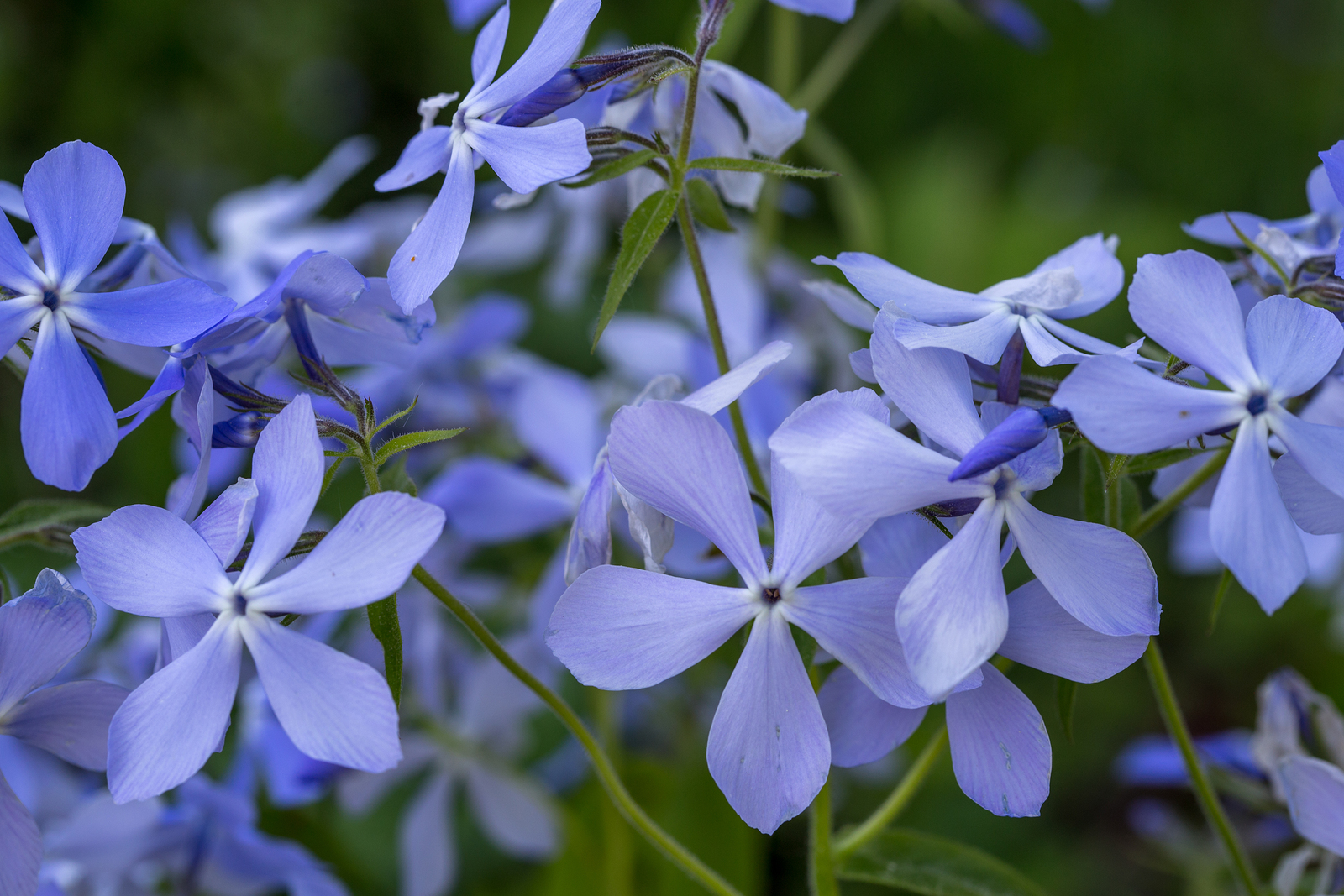 Phlox divaricata (wild blue phlox). Woodland phlox grows 10 to 14 inches tall and spreads to 2 feet or more wide. It has semi-evergreen leaves. Woodland phlox bears long-stemmed clusters of fragrant lavender, pale violet, or white flowers in spring. The five widely spreading petals are usually notched at their tips. Each flower has a contrasting eye. There are several named cultivars. Plant phlox in light shade in humus-rich moist soil. Best in Zones 3 to 9.
Phlox divaricata (wild blue phlox). Woodland phlox grows 10 to 14 inches tall and spreads to 2 feet or more wide. It has semi-evergreen leaves. Woodland phlox bears long-stemmed clusters of fragrant lavender, pale violet, or white flowers in spring. The five widely spreading petals are usually notched at their tips. Each flower has a contrasting eye. There are several named cultivars. Plant phlox in light shade in humus-rich moist soil. Best in Zones 3 to 9.
Summer-blooming
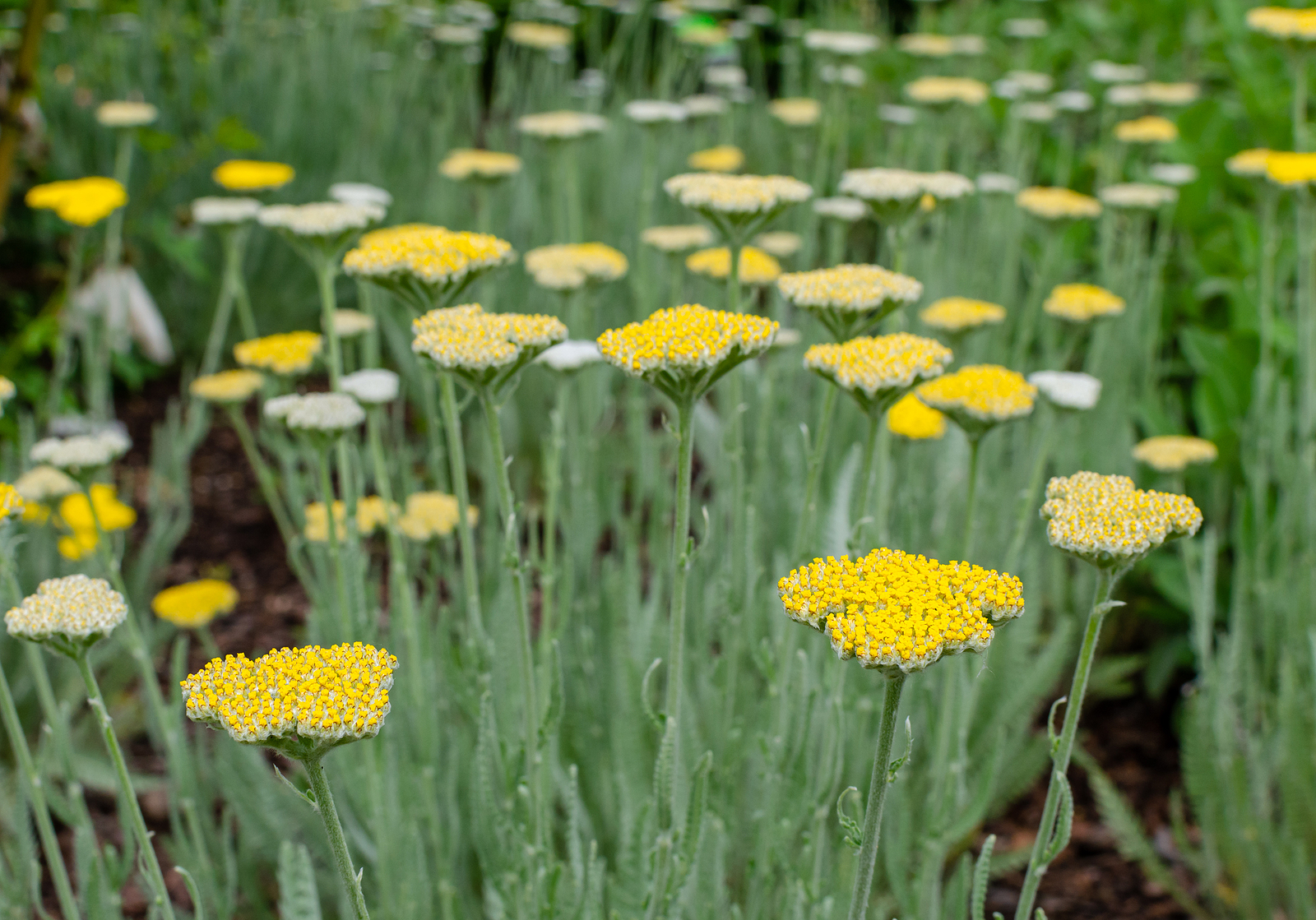 Achillea filipendulina (fern-leaf yarrow). Yarrow can be divided in early spring. Replant strong, healthy divisions into soil that has been enriched with aged compost. Early spring is also the tip to propagate yarrow by tip cuttings. Select strong, young shoots for tip cuttings. Yarrow will bloom in summer; flowers last for several weeks and will re-bloom if deadheaded. Use yarrow at the front or middle of perennial borders or in informal gardens. Yarrow grows 3 to 4 feet (90-120cm) tall and thrives in Zones 3-9 where there is low to moderate humidity. Look for the botanical name Achillea filipendula, the fern-leaved yarrow.
Achillea filipendulina (fern-leaf yarrow). Yarrow can be divided in early spring. Replant strong, healthy divisions into soil that has been enriched with aged compost. Early spring is also the tip to propagate yarrow by tip cuttings. Select strong, young shoots for tip cuttings. Yarrow will bloom in summer; flowers last for several weeks and will re-bloom if deadheaded. Use yarrow at the front or middle of perennial borders or in informal gardens. Yarrow grows 3 to 4 feet (90-120cm) tall and thrives in Zones 3-9 where there is low to moderate humidity. Look for the botanical name Achillea filipendula, the fern-leaved yarrow.
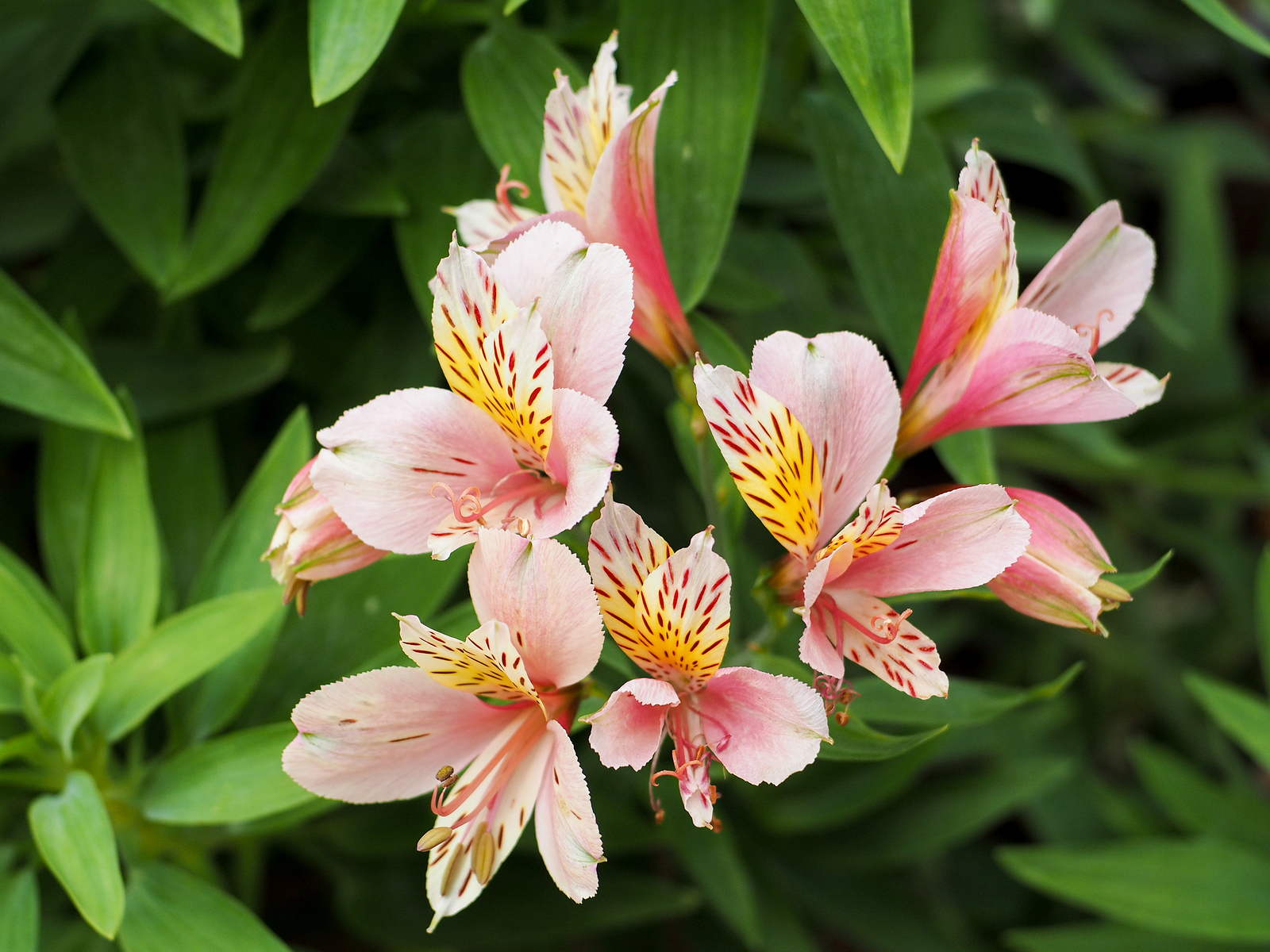 Alstroemeria spp. (Peruvian lily). Peruvian Lily–botanical name Alstromeria–produces large clusters of brilliant-colored azalea like flowers. Colors range from hot to red and pink to cool mauve and purple. Alstromeria is a genus of South American plants, members of the Amaryllis family, that grow from tuberous roots that are treated like bulbs. Set Peruvian lily rhizomes in the garden in early spring in all Zones; in Zones 8-10 plant rhizomes in fall. Peruvian lily can also be grown from seed. Sow seeds outdoors in early spring; plants started from seed require two years to reach maturity and produce flowers. Peruvian lilies grow best in Zones 6 through 10. Peruvian lilies are showiest when massed in groups or mixed borders. They can also be grown in containers.
Alstroemeria spp. (Peruvian lily). Peruvian Lily–botanical name Alstromeria–produces large clusters of brilliant-colored azalea like flowers. Colors range from hot to red and pink to cool mauve and purple. Alstromeria is a genus of South American plants, members of the Amaryllis family, that grow from tuberous roots that are treated like bulbs. Set Peruvian lily rhizomes in the garden in early spring in all Zones; in Zones 8-10 plant rhizomes in fall. Peruvian lily can also be grown from seed. Sow seeds outdoors in early spring; plants started from seed require two years to reach maturity and produce flowers. Peruvian lilies grow best in Zones 6 through 10. Peruvian lilies are showiest when massed in groups or mixed borders. They can also be grown in containers.
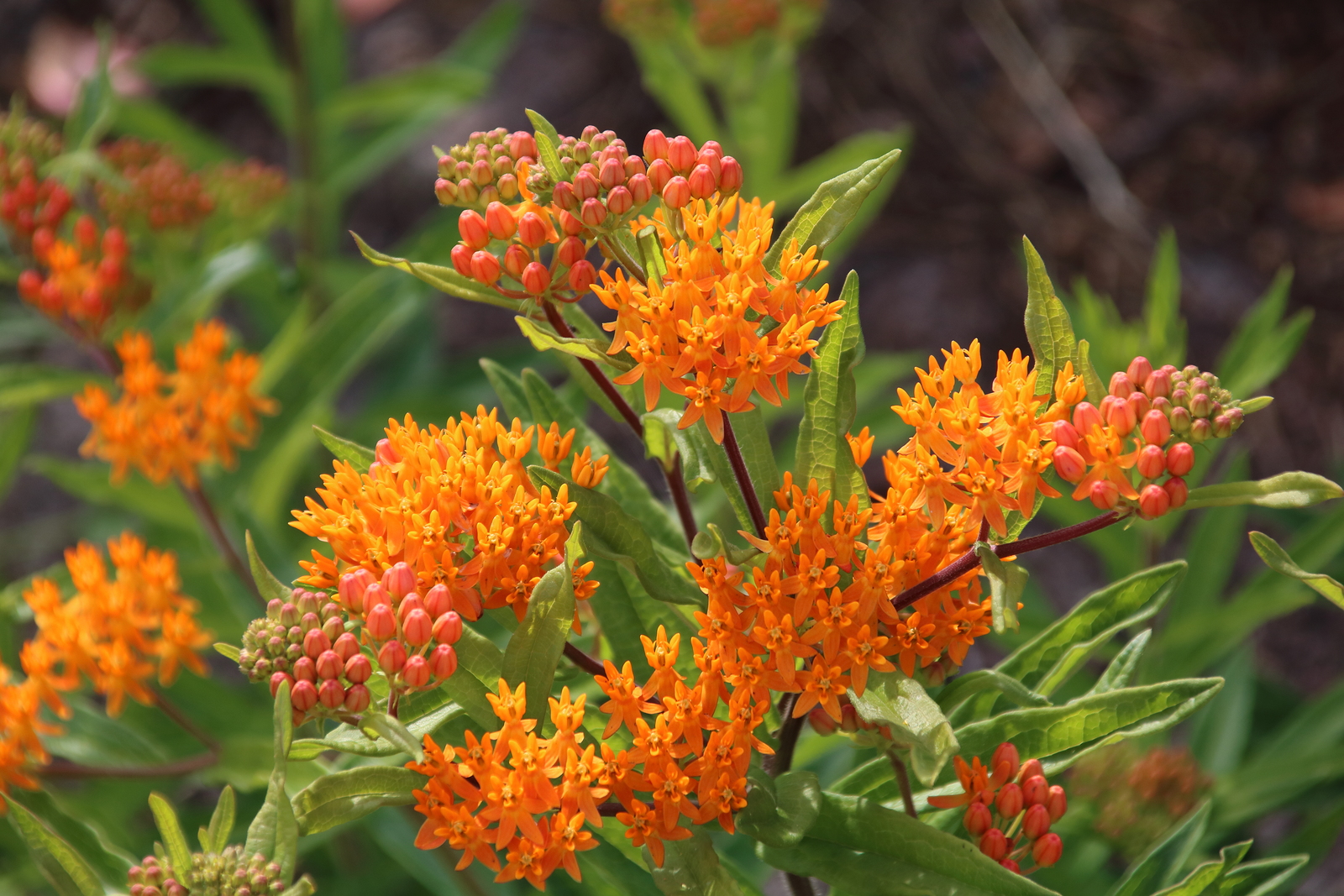 Asclepias tuberosa (butterfly weed). Milkweed or butterfly weed, Asclepias, is a showy perennial with dense clusters of orange blooms. Asclepias is a genus of perennials that exudes milky juice when stems are broken. Butterfly bush, Asclepias tuberosa, is a favorite food of the monarch butterfly and is commonly grown in gardens. Asclepias grows well in dry places. It is most effective when planted in masses in the border or wild garden. It is an excellent cut flower. Milkweeds bear small flowers with reflexed petals and five hoodlike lobes. The flowers are followed by seedpods filled with flat seeds. Each seed has a tuft of silky hair attached. When the seedpod opens, the ripe seeds float away on their silky parachutes. Set out young established plants in spring. Older plants are difficult to transplant because Asclepias has a long taproot. Grow Asclepias from seed in spring. Asclepias grow grows best in Zones 3 to 9
Asclepias tuberosa (butterfly weed). Milkweed or butterfly weed, Asclepias, is a showy perennial with dense clusters of orange blooms. Asclepias is a genus of perennials that exudes milky juice when stems are broken. Butterfly bush, Asclepias tuberosa, is a favorite food of the monarch butterfly and is commonly grown in gardens. Asclepias grows well in dry places. It is most effective when planted in masses in the border or wild garden. It is an excellent cut flower. Milkweeds bear small flowers with reflexed petals and five hoodlike lobes. The flowers are followed by seedpods filled with flat seeds. Each seed has a tuft of silky hair attached. When the seedpod opens, the ripe seeds float away on their silky parachutes. Set out young established plants in spring. Older plants are difficult to transplant because Asclepias has a long taproot. Grow Asclepias from seed in spring. Asclepias grow grows best in Zones 3 to 9
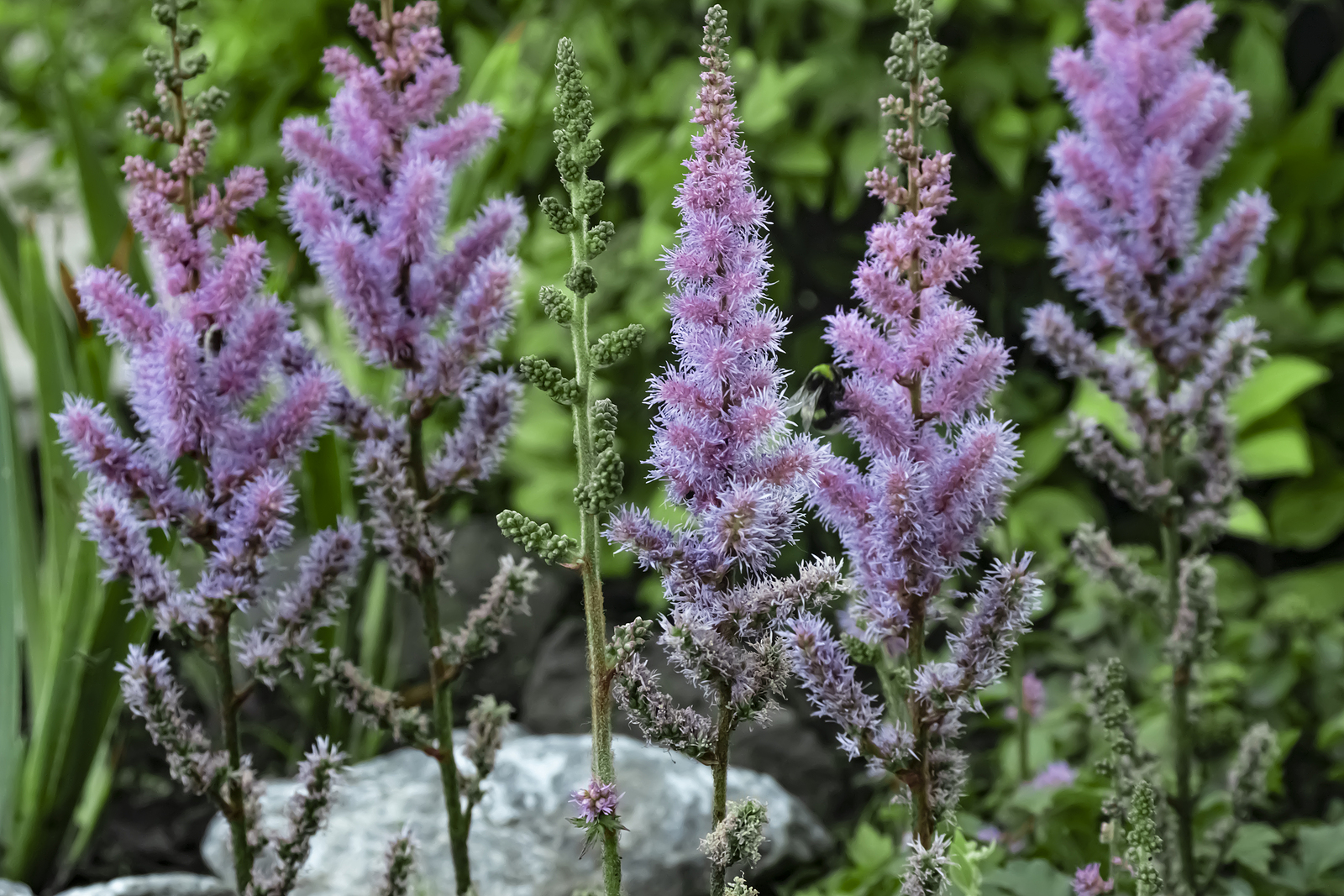 Astilbe X arendsii (astilbe). Astilbe features plumy spikes of brilliant colors in mid- to late summer. With its fern-like leaves, astilbe is a good choice for shady borders and under trees in cottage gardens. Astilbes cultivars range in size from 1½ to 6 feet tall. Set established plants in the garden in spring or fall. Add plenty of aged compost to the planting bed. Start seed indoors in spring or summer; seeds germinate in 6 to 8 weeks. Sow seed outdoors in shaded beds in summer. Plants usually bloom their second year in the garden
Astilbe X arendsii (astilbe). Astilbe features plumy spikes of brilliant colors in mid- to late summer. With its fern-like leaves, astilbe is a good choice for shady borders and under trees in cottage gardens. Astilbes cultivars range in size from 1½ to 6 feet tall. Set established plants in the garden in spring or fall. Add plenty of aged compost to the planting bed. Start seed indoors in spring or summer; seeds germinate in 6 to 8 weeks. Sow seed outdoors in shaded beds in summer. Plants usually bloom their second year in the garden
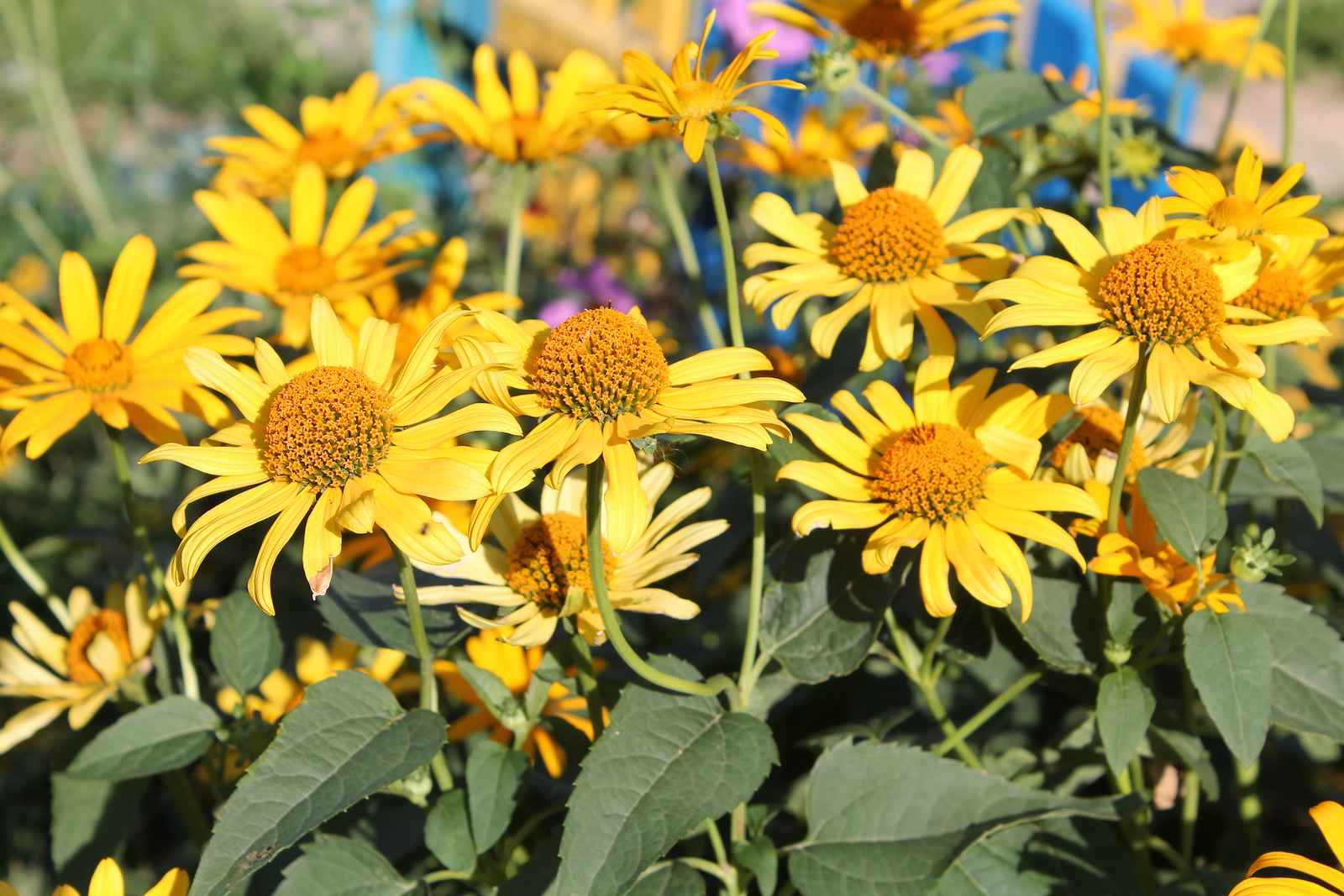 Coreopsis grandiflora (coreopsis). Tickseeds are long-blooming annuals and perennials that bear daisy-like single or double flowers. Tickseeds belong to the genus Coreopsis. There about 80 to 100 species of tickseed, most bearing yellow-orange or gold flowers, but there are species with pale yellow or pink flowers. Tickseeds are easily grown and attractive as bedding plants, meadow plants and cut flowers. In the garden, they are most attractive when massed in large bands or groups. Start perennial tickseed seeds indoors 8 weeks before the last frost in spring; start annual tickseed seeds indoors 6 weeks before the last frost. Sow seed outdoors after the danger of frost is past in spring. Set container-grown tickseed in the garden after the last spring frost; harden off plants for a few days in the shade before planting them in the garden. Grow tickseeds as annuals in all zones; grow them as perennials in Zone 3 to 10.
Coreopsis grandiflora (coreopsis). Tickseeds are long-blooming annuals and perennials that bear daisy-like single or double flowers. Tickseeds belong to the genus Coreopsis. There about 80 to 100 species of tickseed, most bearing yellow-orange or gold flowers, but there are species with pale yellow or pink flowers. Tickseeds are easily grown and attractive as bedding plants, meadow plants and cut flowers. In the garden, they are most attractive when massed in large bands or groups. Start perennial tickseed seeds indoors 8 weeks before the last frost in spring; start annual tickseed seeds indoors 6 weeks before the last frost. Sow seed outdoors after the danger of frost is past in spring. Set container-grown tickseed in the garden after the last spring frost; harden off plants for a few days in the shade before planting them in the garden. Grow tickseeds as annuals in all zones; grow them as perennials in Zone 3 to 10.
 Delphinium X elatum (delphinium). Sow delphinium seeds indoors in early spring. Sow seeds on the surface of premoistened soil. At 60°F (15.6°F) germination will occur in 2 to 4 weeks. Harden seedlings off for 2 weeks before setting them in the garden. Set container-grown delphiniums in the garden after the last frost in spring. Grow delphiniums in full sun to partial shade. Delphiniums thrive in regions with cool summers; in hot summer regions, plant delphiniums where there is morning sun and partial shade in the afternoon. Delphiniums are a good choice borders and cut flowers. Low-growing types are well suited for containers. Delphinium flowers attract all types of birds to the garden.
Delphinium X elatum (delphinium). Sow delphinium seeds indoors in early spring. Sow seeds on the surface of premoistened soil. At 60°F (15.6°F) germination will occur in 2 to 4 weeks. Harden seedlings off for 2 weeks before setting them in the garden. Set container-grown delphiniums in the garden after the last frost in spring. Grow delphiniums in full sun to partial shade. Delphiniums thrive in regions with cool summers; in hot summer regions, plant delphiniums where there is morning sun and partial shade in the afternoon. Delphiniums are a good choice borders and cut flowers. Low-growing types are well suited for containers. Delphinium flowers attract all types of birds to the garden.
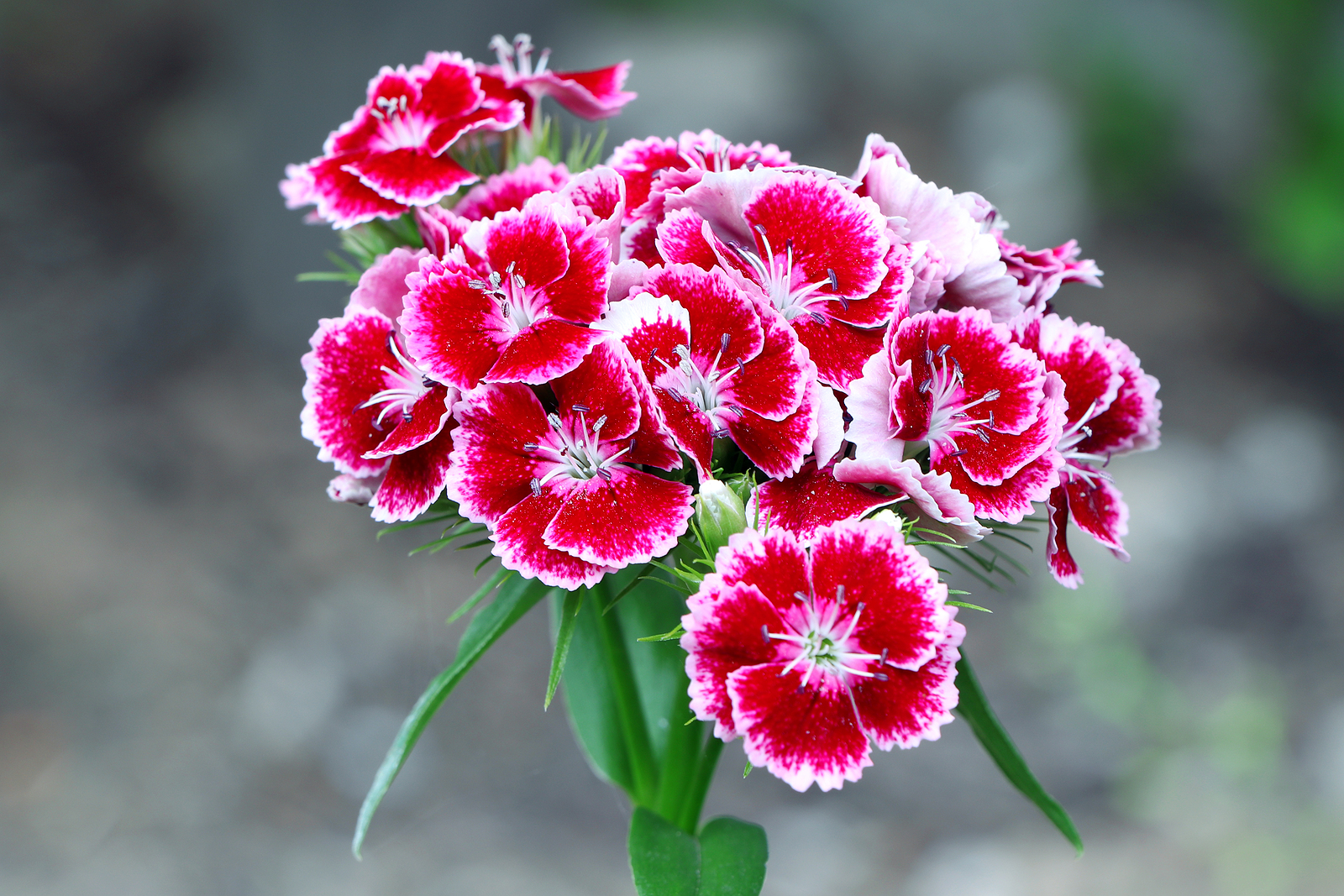 Dianthus barbatus (sweet William). Sweet William is the name given to lovelorn young men in English folklore. It is also the name given to Dianthus barbartus, a demure, long-lived biennial or short-lived perennials. Sweet William comes in many colors; for the best design effect, plant Sweet Williams in same-color masses. Dwarfs grow 4 to 6 inches (10-15cm) tall; standards from 12 to 24 inches (30-61cm) tall.
Dianthus barbatus (sweet William). Sweet William is the name given to lovelorn young men in English folklore. It is also the name given to Dianthus barbartus, a demure, long-lived biennial or short-lived perennials. Sweet William comes in many colors; for the best design effect, plant Sweet Williams in same-color masses. Dwarfs grow 4 to 6 inches (10-15cm) tall; standards from 12 to 24 inches (30-61cm) tall.
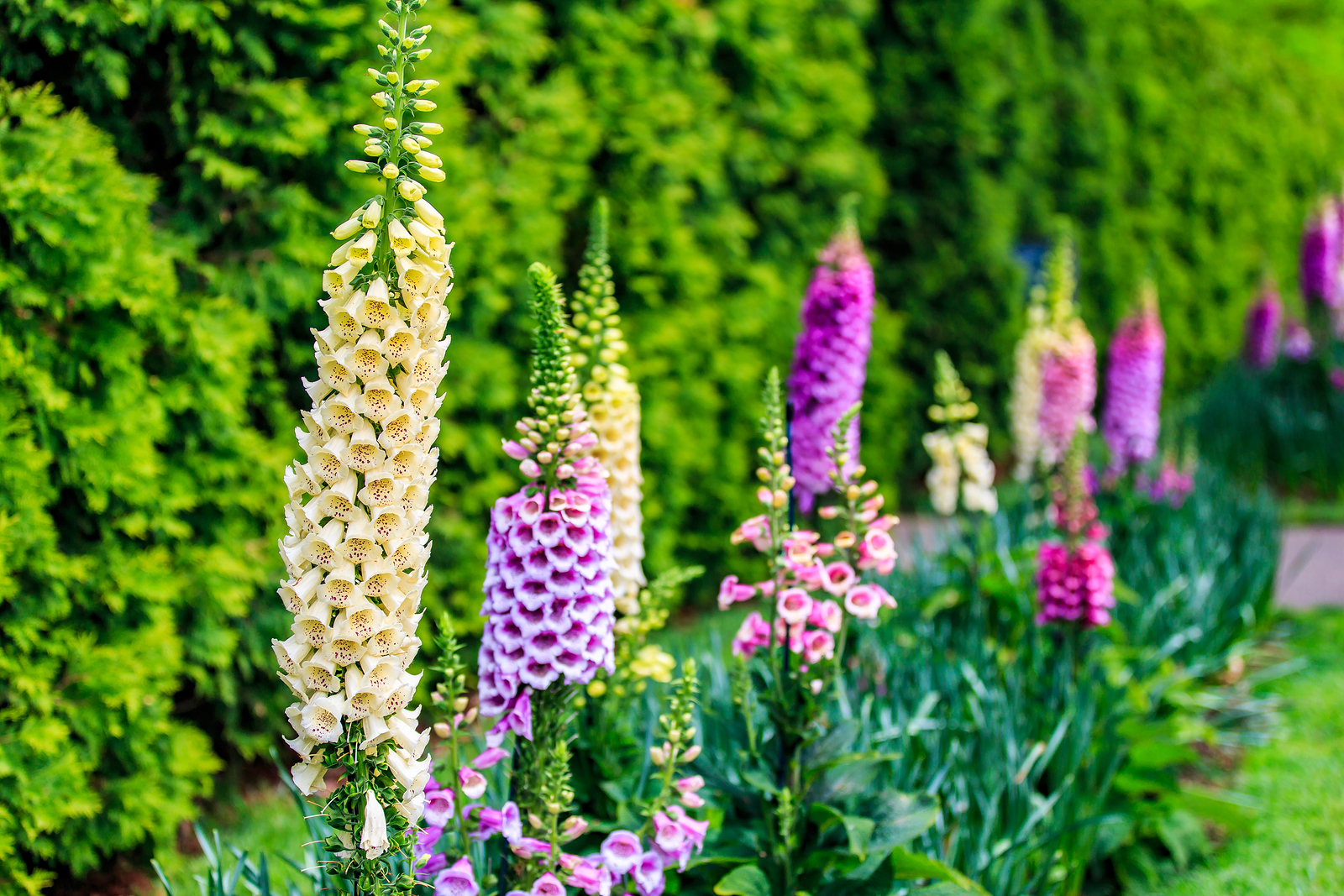 Digitalis purpurea (foxglove). Foxglove, Digitalis, produces tall, graceful spires of long, slender, bell-shaped blossoms. The blossoms open from bottom to top over several weeks. Plant foxglove in groups in dappled shade. Use foxglove in borders, cottage gardens, woodland gardens, and rock gardens. Foxgloves grow well with ferns and look right in place on slopes. Foxgloves are cold hardy, but heat sensitive. They grow best where summers are not too hot. Start seed indoors any time from late winter to the end of spring in temperatures near 60°F (15.6°C). In Zones 9-11 set plants in the garden in winter for spring bloom. In Zones 3-8, sow seed outdoors in spring after the last frost or in summer in northern cool-summer regions.
Digitalis purpurea (foxglove). Foxglove, Digitalis, produces tall, graceful spires of long, slender, bell-shaped blossoms. The blossoms open from bottom to top over several weeks. Plant foxglove in groups in dappled shade. Use foxglove in borders, cottage gardens, woodland gardens, and rock gardens. Foxgloves grow well with ferns and look right in place on slopes. Foxgloves are cold hardy, but heat sensitive. They grow best where summers are not too hot. Start seed indoors any time from late winter to the end of spring in temperatures near 60°F (15.6°C). In Zones 9-11 set plants in the garden in winter for spring bloom. In Zones 3-8, sow seed outdoors in spring after the last frost or in summer in northern cool-summer regions.
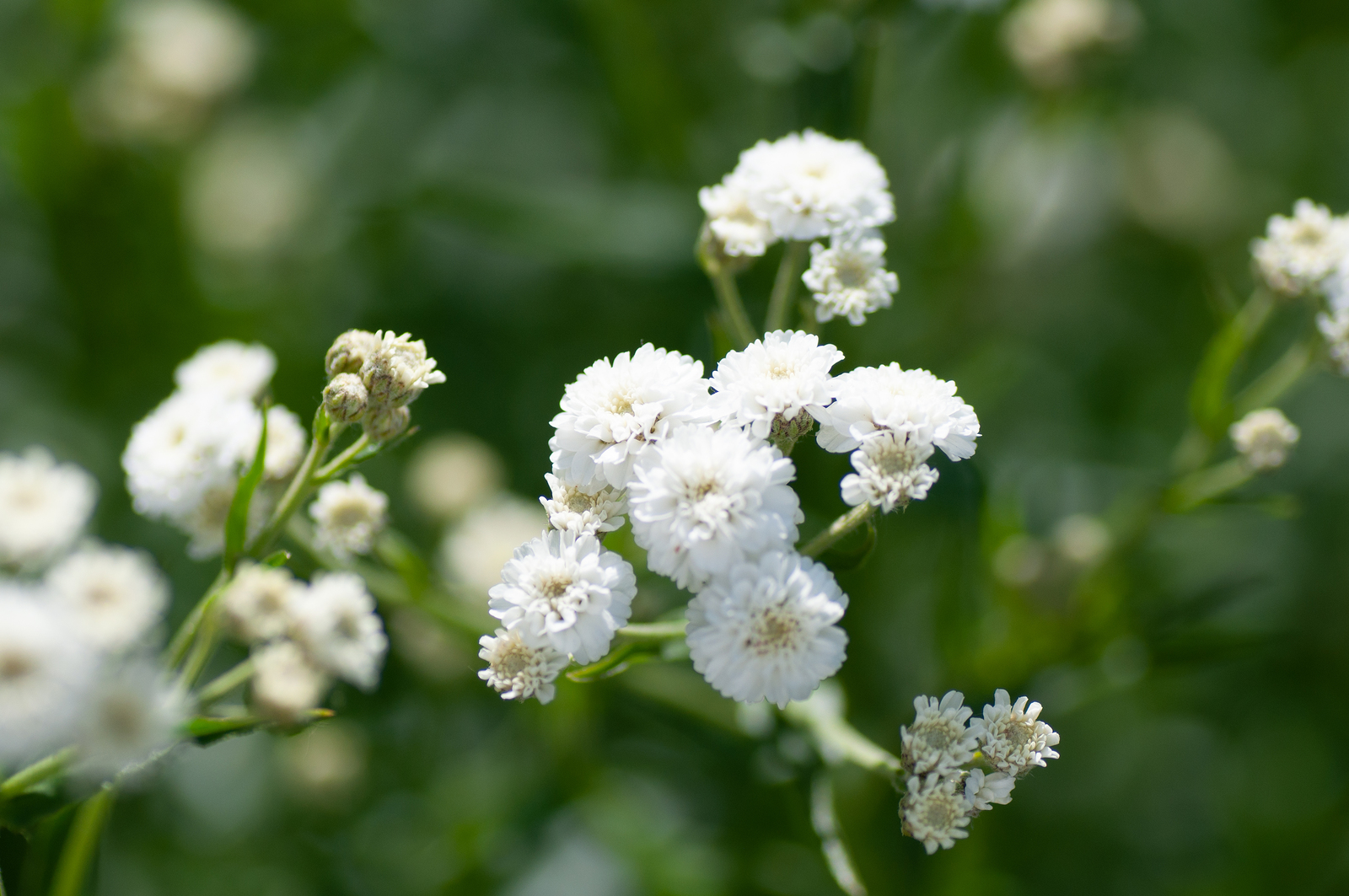 Gypsophila paniculata (baby’s-breath). Baby’s breaths bears clouds of tiny white flowers in summer. They are prized by flower arrangers. They are a beautiful addition to flower beds, cutting gardens, and large containers. Baby’s breath belong to the genus Gypsophila. There are about 100 species, both annuals and perennials. Both annual and perennial baby’s breaths grow best in cool to warm weather, not too hot. Sow seeds indoors or in a cold frame 6 to 8 weeks before the last frost in spring. Set established plants or seedlings in the garden in spring after all danger of frost is passed, two weeks after the last frost. Grow baby’s breath Zones 3 to 9.
Gypsophila paniculata (baby’s-breath). Baby’s breaths bears clouds of tiny white flowers in summer. They are prized by flower arrangers. They are a beautiful addition to flower beds, cutting gardens, and large containers. Baby’s breath belong to the genus Gypsophila. There are about 100 species, both annuals and perennials. Both annual and perennial baby’s breaths grow best in cool to warm weather, not too hot. Sow seeds indoors or in a cold frame 6 to 8 weeks before the last frost in spring. Set established plants or seedlings in the garden in spring after all danger of frost is passed, two weeks after the last frost. Grow baby’s breath Zones 3 to 9.
 Iris X germanica (bearded iris), Bearded iris brightens borders from spring to midsummer. It bears showy, lightly fragrant blossom in nearly every color. Reblooming cultivars produce flowers again in spring. The flowers consist of three upright, arching petals called standards which rise above three reflexed flowers called falls. A stripe of dense yellow hairs creates a beard down the center of the fall. Sword-shaped, gray-green or bright green leaves grow in flat fans. Plants grow 6 inches to 4 feet tall and wide. Dwarf types can be planted at the front of beds, taller types in mid-ground. Plant bearded iris in clusters of a single color for the best effect.
Iris X germanica (bearded iris), Bearded iris brightens borders from spring to midsummer. It bears showy, lightly fragrant blossom in nearly every color. Reblooming cultivars produce flowers again in spring. The flowers consist of three upright, arching petals called standards which rise above three reflexed flowers called falls. A stripe of dense yellow hairs creates a beard down the center of the fall. Sword-shaped, gray-green or bright green leaves grow in flat fans. Plants grow 6 inches to 4 feet tall and wide. Dwarf types can be planted at the front of beds, taller types in mid-ground. Plant bearded iris in clusters of a single color for the best effect.
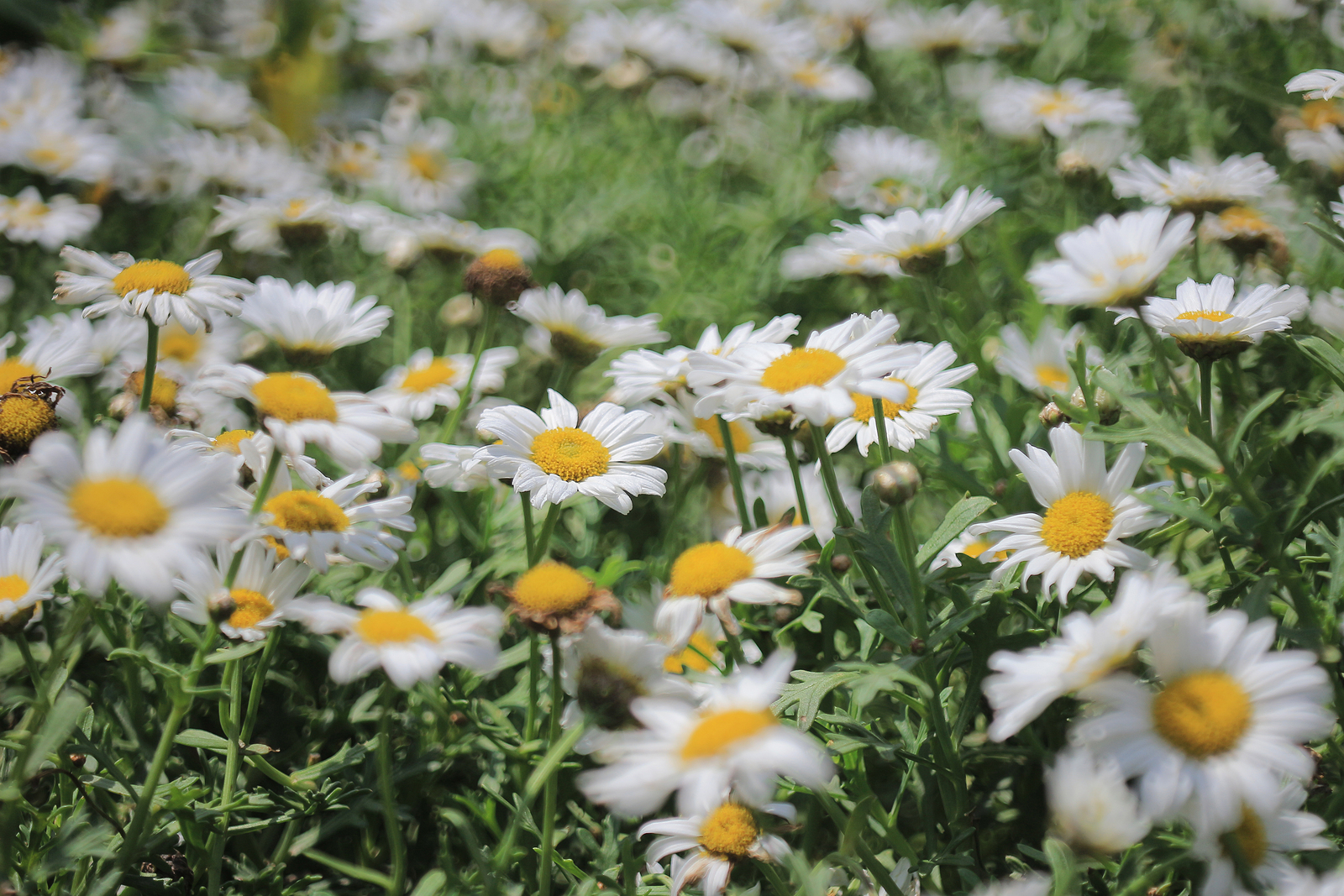 Leucanthemum X superbum (Shasta daisy). Leucanthemum is a genus of annuals and perennials that bear daisy-like flowers. The genus includes Shasta daisies and the commonly grown bedding plant Leucanthemum paludosum widely known as Chrysanthemum paludosum and also oxeye daisies. Shasta daisy—Leucanthemum x superbum is an upright perennial with large white, or sometimes yellow, daisy-like flowers that appear from mid-summer to fall. Shasta daisies are often used in beds and borders. Start seeds indoors 3 to 4 weeks before the last frost in spring. Set container-grown plants in the garden after the last frost in spring. Shasta daisies grow best in Zones 4 to 9.
Leucanthemum X superbum (Shasta daisy). Leucanthemum is a genus of annuals and perennials that bear daisy-like flowers. The genus includes Shasta daisies and the commonly grown bedding plant Leucanthemum paludosum widely known as Chrysanthemum paludosum and also oxeye daisies. Shasta daisy—Leucanthemum x superbum is an upright perennial with large white, or sometimes yellow, daisy-like flowers that appear from mid-summer to fall. Shasta daisies are often used in beds and borders. Start seeds indoors 3 to 4 weeks before the last frost in spring. Set container-grown plants in the garden after the last frost in spring. Shasta daisies grow best in Zones 4 to 9.
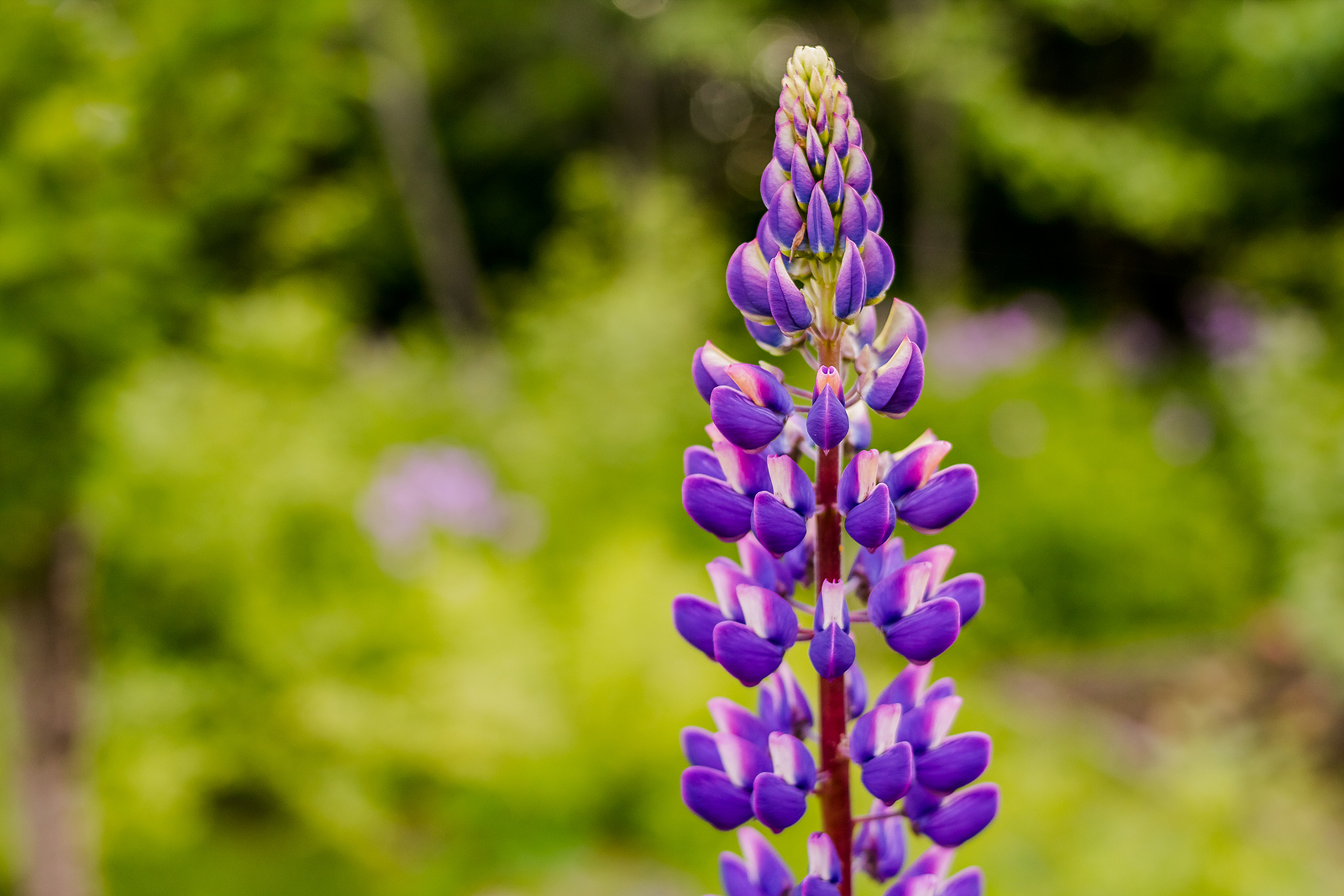 Lupinus hybrids (lupine). Plant perennial lupines in spring in all zones or in fall in Zones 6-9. Plant lupines in groups of 6 or more. Start seeds for annual varieties indoors about 4 to 6 weeks before the last frost in spring for setting out after the last frost. Start seeds for perennial varieties in spring or summer for setting out before the first fall frost. The perennials are more popular than the annuals though both are excellent for display purposes. The annuals often bloom until late summer and are good in mixed beds and border and also for cutting. The perennials are best when planted in masses. Look for the ‘Russell Hybrids’ which grow to 3 feet (1m) tall in solids and bicolors, in shades of white, cream, pink, red, blue, yellow, orange, and purple.
Lupinus hybrids (lupine). Plant perennial lupines in spring in all zones or in fall in Zones 6-9. Plant lupines in groups of 6 or more. Start seeds for annual varieties indoors about 4 to 6 weeks before the last frost in spring for setting out after the last frost. Start seeds for perennial varieties in spring or summer for setting out before the first fall frost. The perennials are more popular than the annuals though both are excellent for display purposes. The annuals often bloom until late summer and are good in mixed beds and border and also for cutting. The perennials are best when planted in masses. Look for the ‘Russell Hybrids’ which grow to 3 feet (1m) tall in solids and bicolors, in shades of white, cream, pink, red, blue, yellow, orange, and purple.
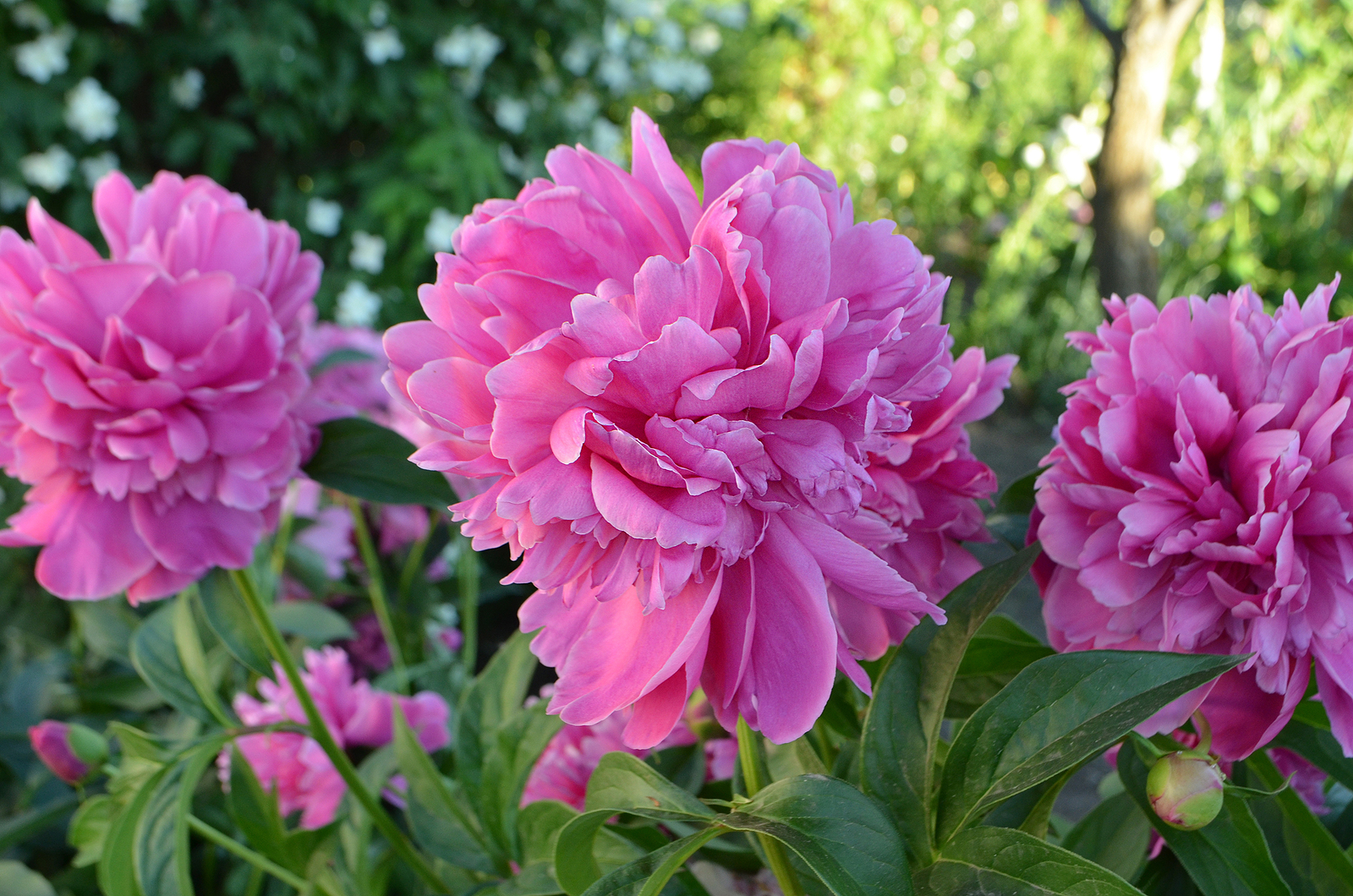 Paeonia lactiflora (peony). Peonies are hardy, long-lived mostly herbaceous perennials. They are grown for their showy, often fragrant flowers that resemble rose or camellia flowers. Peonies bloom once a year. Plants bloom for six or more continuous weeks. Peony flowers are cup, bowl, or saucer-shaped. Single-flowered peonies have 5 to 10 petals surrounding a cluster of yellow or cream-colored stamens (called a boss). Double-flowered have more than 10 petals—often many more. Set container-grown peonies in the garden in spring in Zones 2-6; plant peonies in spring or fall in Zones 7-8. Add aged compost to the soil at planting time. Start seeds indoors after prechilling for 4 to 8 weeks in the freezer; sow seeds indoors 4 to 6 weeks before the last expected frost. Transplant seedlings that were grown in a greenhouse or outdoors to their permanent when they are 2 to 3 years old; transplant out in mid-spring.
Paeonia lactiflora (peony). Peonies are hardy, long-lived mostly herbaceous perennials. They are grown for their showy, often fragrant flowers that resemble rose or camellia flowers. Peonies bloom once a year. Plants bloom for six or more continuous weeks. Peony flowers are cup, bowl, or saucer-shaped. Single-flowered peonies have 5 to 10 petals surrounding a cluster of yellow or cream-colored stamens (called a boss). Double-flowered have more than 10 petals—often many more. Set container-grown peonies in the garden in spring in Zones 2-6; plant peonies in spring or fall in Zones 7-8. Add aged compost to the soil at planting time. Start seeds indoors after prechilling for 4 to 8 weeks in the freezer; sow seeds indoors 4 to 6 weeks before the last expected frost. Transplant seedlings that were grown in a greenhouse or outdoors to their permanent when they are 2 to 3 years old; transplant out in mid-spring.
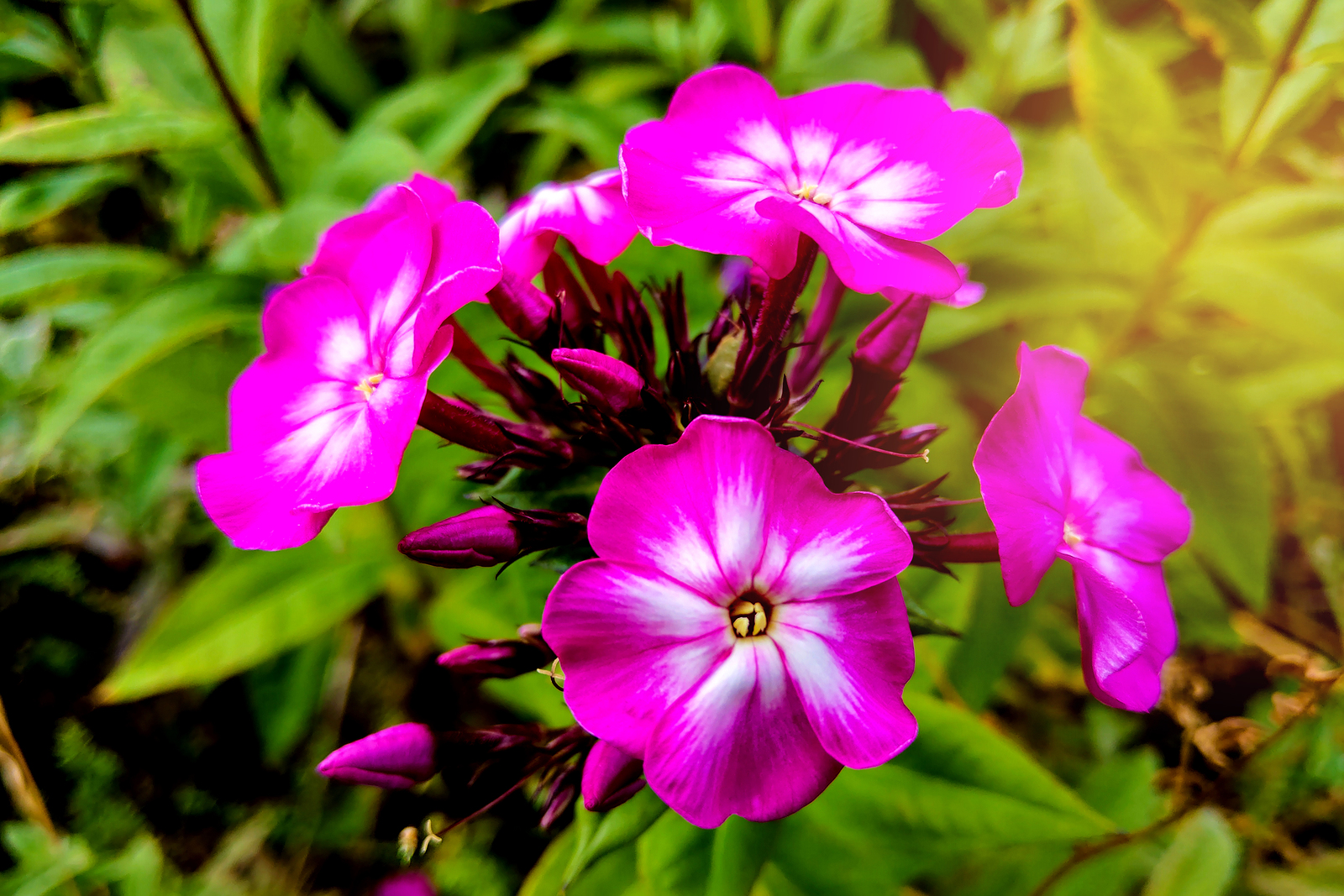 Phlox paniculata (garden phlox). Garden phlox—botanical name Phlox paniculate— bears fragrant, five-petaled flowers in clusters from early summer to mid-autumn. The fragrant flowers are white or pale to dark lilac. Garden phlox is an herbaceous perennial with lance-shaped toothed, thin leaves, a good choice for mass plantings and borders.
Phlox paniculata (garden phlox). Garden phlox—botanical name Phlox paniculate— bears fragrant, five-petaled flowers in clusters from early summer to mid-autumn. The fragrant flowers are white or pale to dark lilac. Garden phlox is an herbaceous perennial with lance-shaped toothed, thin leaves, a good choice for mass plantings and borders.
Late-blooming perennials for cutting
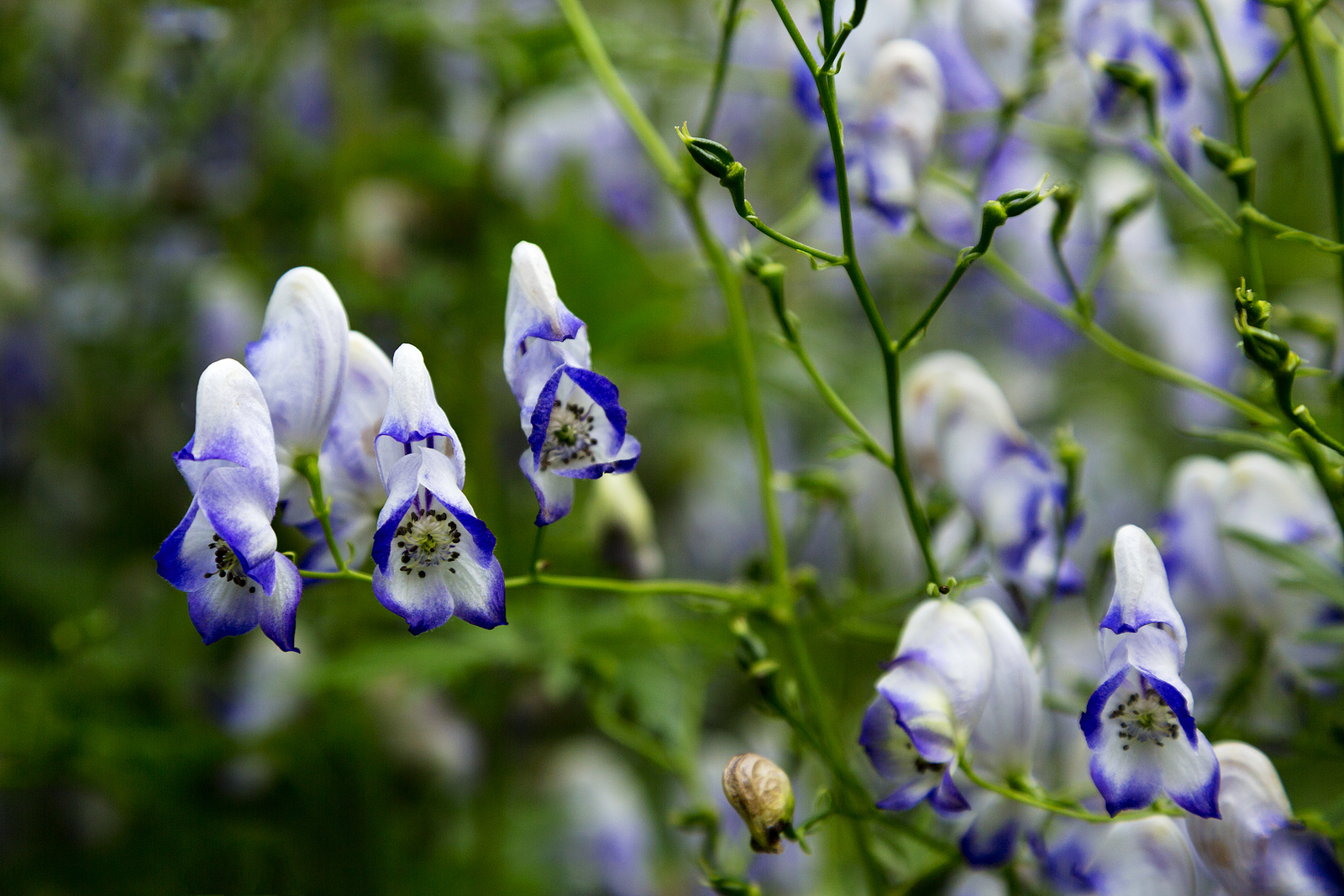 Aconitum carmichaelii (monkshood). Monkshood is a tall, delphinium-like plant with hooded blue or purple and sometimes yellow flowers. Flowers appear on erect racemes. Monkshood can be used as a tall foundation plant, in semi-wild gardens, and in lightly shade borders. Set container-grown monkshood in the garden in spring or fall. Sow seed indoors after prechilling for 6 weeks. Germination can take from a week to a year at 55° to 65°F (12.8-18°C). Sow seed outdoors after the last frost in spring. Monkshood is a perennial that grows best in Zones 3 to 8.
Aconitum carmichaelii (monkshood). Monkshood is a tall, delphinium-like plant with hooded blue or purple and sometimes yellow flowers. Flowers appear on erect racemes. Monkshood can be used as a tall foundation plant, in semi-wild gardens, and in lightly shade borders. Set container-grown monkshood in the garden in spring or fall. Sow seed indoors after prechilling for 6 weeks. Germination can take from a week to a year at 55° to 65°F (12.8-18°C). Sow seed outdoors after the last frost in spring. Monkshood is a perennial that grows best in Zones 3 to 8.
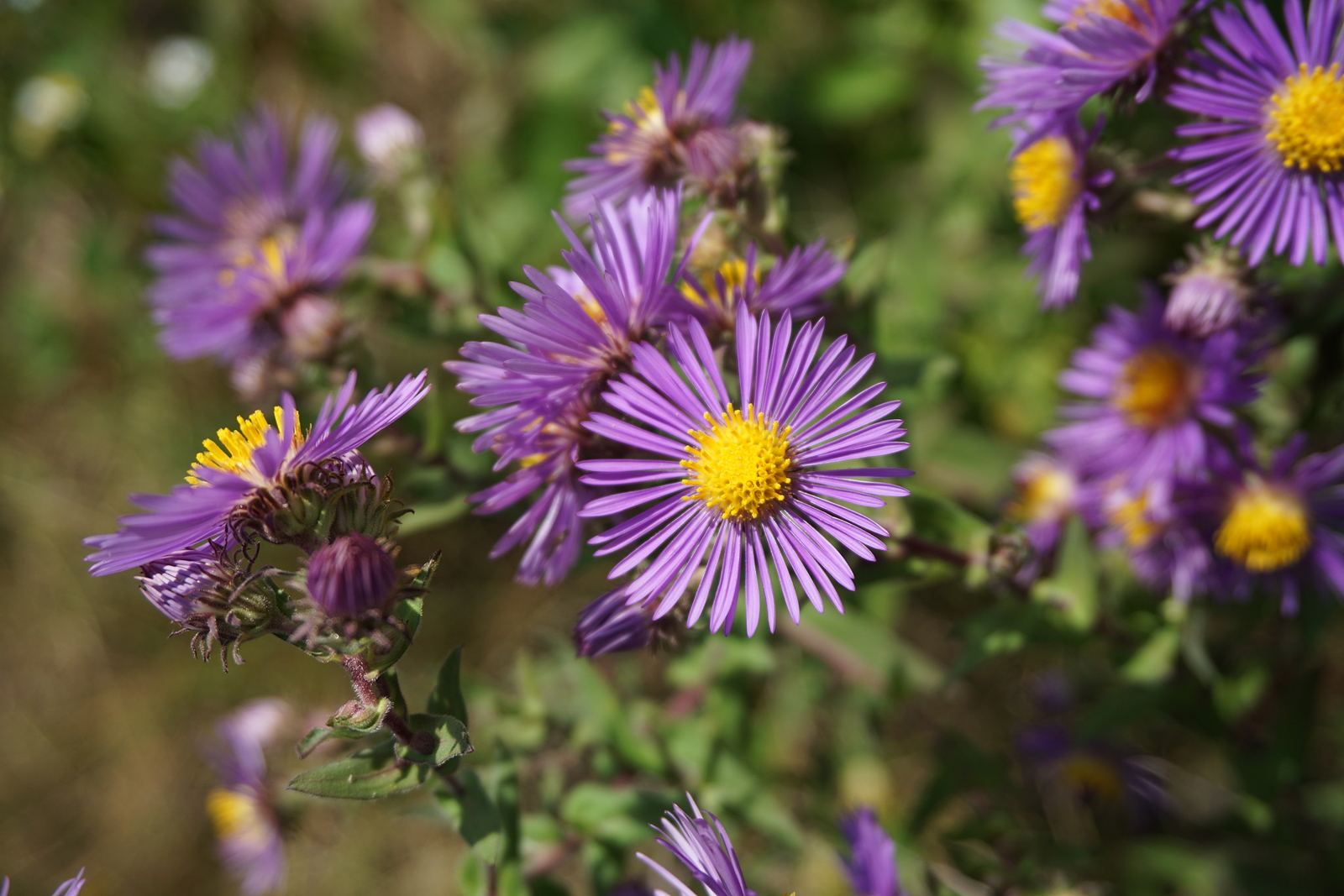 Aster novae-angliae (New England aster). Plant asters now. Garden asters form compact mounds of colorful blossoms—shades of blue, red, pink, lavender, or purple with bright yellow centers. Asters will brighten garden beds and borders and they are well-suited for container gardens. There are more than 600 species of asters; most are a 12 to 24 inches (30-61cm) tall but some grow to 6 feet (1.8m) tall and are widely branched. Most aster cultivars like full sun. Many of them enjoy a moist situation though they do like their roots to sit in water. They usually accept average garden conditions with open exposure. Good average garden soil is best–not overly rich soil. In the flower border, the taller varieties may be used as background flowers with smaller ones in front of them arranged according to their respective heights.
Aster novae-angliae (New England aster). Plant asters now. Garden asters form compact mounds of colorful blossoms—shades of blue, red, pink, lavender, or purple with bright yellow centers. Asters will brighten garden beds and borders and they are well-suited for container gardens. There are more than 600 species of asters; most are a 12 to 24 inches (30-61cm) tall but some grow to 6 feet (1.8m) tall and are widely branched. Most aster cultivars like full sun. Many of them enjoy a moist situation though they do like their roots to sit in water. They usually accept average garden conditions with open exposure. Good average garden soil is best–not overly rich soil. In the flower border, the taller varieties may be used as background flowers with smaller ones in front of them arranged according to their respective heights.
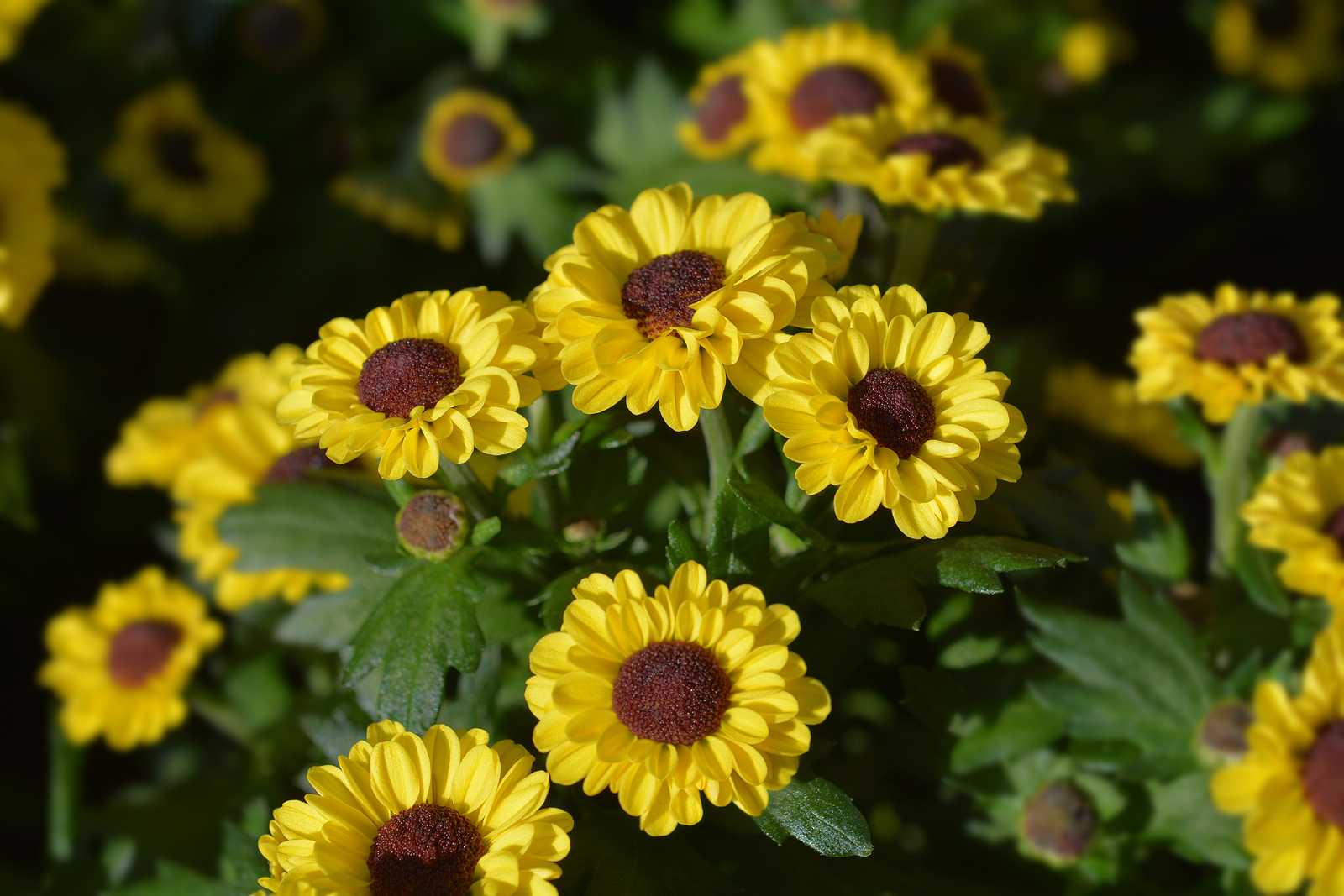 Dendrathema X grandiflorum (garden chrysanthemum). Garden mums are the mainstay of fall gardens. These late-blooming and long-blooming flowers come in a variety of flower types, including tight buttons, single daisies, double, and pompons. Colors include rust-reds, yellow and gold, lavender-pink, and white. Some grow low and mounding, others grow tall. Garden mums grow from 8 inches to e feet tall and wide. They are often potted in autumn and treated like annuals but they grow more natural as annuals in the garden. Arrange mums in drifts in foreground or midground in both formal and informal beds.
Dendrathema X grandiflorum (garden chrysanthemum). Garden mums are the mainstay of fall gardens. These late-blooming and long-blooming flowers come in a variety of flower types, including tight buttons, single daisies, double, and pompons. Colors include rust-reds, yellow and gold, lavender-pink, and white. Some grow low and mounding, others grow tall. Garden mums grow from 8 inches to e feet tall and wide. They are often potted in autumn and treated like annuals but they grow more natural as annuals in the garden. Arrange mums in drifts in foreground or midground in both formal and informal beds.
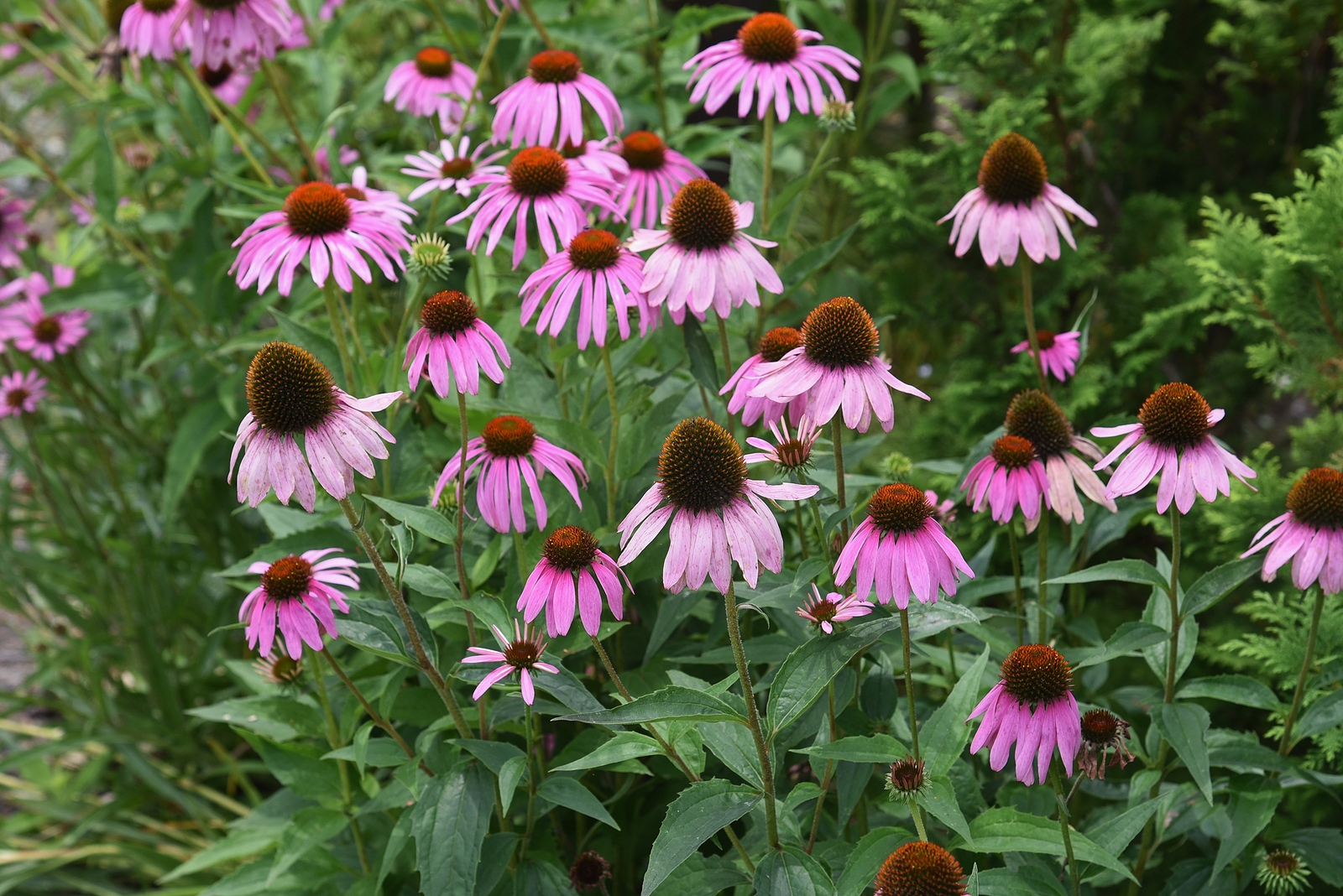 Echinacea purpurea (purple coneflower). Set established Echinacea in the garden in spring or fall. Start seed indoors in late winter or early spring for setting plants in the garden in late summer or autumn. Echinacea is a bold upright perennial that bears large daisy-like flowers in purple, rose-pink, or white in late summer. Flowers are up to 6 inches (15cm) across and are composed of radial petals around a cone-shaped center. Commonly called coneflower, Echinacea has gray-green foliage with bristly, oblong leaves. Flowers are borne on tall stems and last for about two months, usually until the first frost. The flowers last well when cut. Grow Echinacea grows best in Zones 3 to 9.
Echinacea purpurea (purple coneflower). Set established Echinacea in the garden in spring or fall. Start seed indoors in late winter or early spring for setting plants in the garden in late summer or autumn. Echinacea is a bold upright perennial that bears large daisy-like flowers in purple, rose-pink, or white in late summer. Flowers are up to 6 inches (15cm) across and are composed of radial petals around a cone-shaped center. Commonly called coneflower, Echinacea has gray-green foliage with bristly, oblong leaves. Flowers are borne on tall stems and last for about two months, usually until the first frost. The flowers last well when cut. Grow Echinacea grows best in Zones 3 to 9.
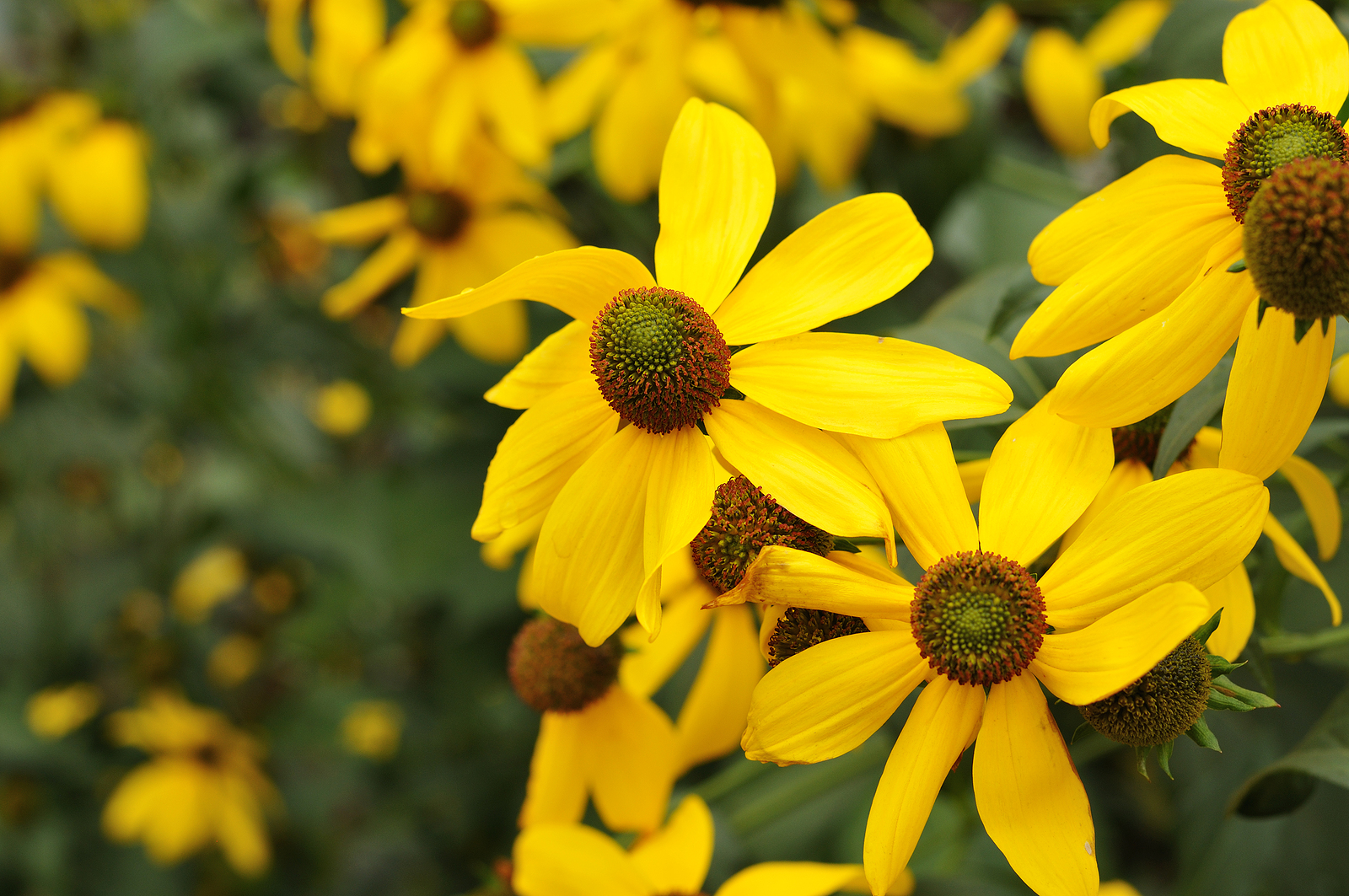 Rudbeckia fulgida (orange coneflower). Rudbeckia fulgida ‘Goldsturm’–commonly called orange coneflower–is a hardy perennial that blooms from midsummer to fall. Golden orange ray petals surround a raised, dark brown cone. The daisy-like flowers are 3 inches across. The broad, pointed leaves are green with a smooth texture. Orange coneflower grows 2 to 3 feet (1m) tall and spreads to form 1- to 3-foot clumps. Full sun is best for Rudbeckia fulgida; it will grow in average soil. Grow orange coneflower in Zones 3 to 9; this plant thrives in heat and humidity.
Rudbeckia fulgida (orange coneflower). Rudbeckia fulgida ‘Goldsturm’–commonly called orange coneflower–is a hardy perennial that blooms from midsummer to fall. Golden orange ray petals surround a raised, dark brown cone. The daisy-like flowers are 3 inches across. The broad, pointed leaves are green with a smooth texture. Orange coneflower grows 2 to 3 feet (1m) tall and spreads to form 1- to 3-foot clumps. Full sun is best for Rudbeckia fulgida; it will grow in average soil. Grow orange coneflower in Zones 3 to 9; this plant thrives in heat and humidity.
Related articles about cutting flowers:
11 Flowering Bulbs for Cutting



